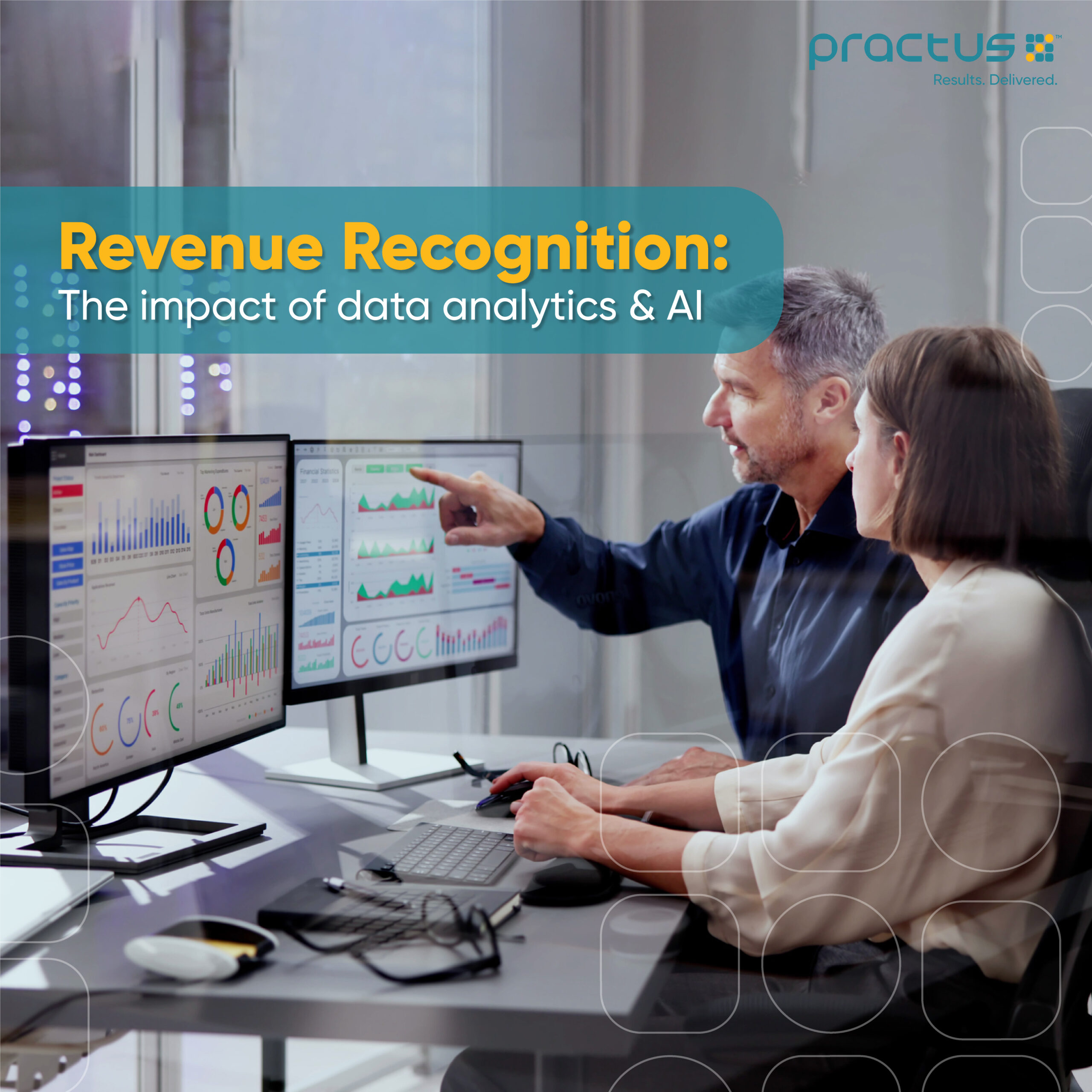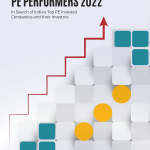
The rapidly evolving business landscape amidst growing concerns for sustainable growth-led profitability has resulted in a major shift in how enterprises understand and seek revenue recognition. Barely a decade ago, companies operating in the highly competitive retail space recognized the value of net revenue management (NRM) as the panacea for redefining their market position and revenue trajectory. Today, this trend has caught up with a larger swathe of the global business landscape where pricing decisions often redefine the journey between success and failure.
In a paper written some years ago around the topic, the Boston Consulting Group noted that the NRM approach uses the company’s brand and product portfolio over time to maximize revenues and profits. “To do this effectively, companies need to get a lot of factors right – it’s about selling the right brand in the right pack for the right occasion to the right customer at the right price.” The note also highlighted the single most crucial challenge around making all of it work – that “it cannot rely on the management’s gut feel alone.” Today, as the world is continuously exploring use cases around Artificial Intelligence and Generative AI around collecting, cleaning, and collating data, industry experts believe that brands have a better chance of achieving quality revenue recognition than ever before.
Transforming Financial Reporting with Automation – A CFO’s Guide
In fact, a study published by EY suggests that AI could potentially revolutionize traditional statistical models used for revenue projections. It notes that AI could deal with advanced methodologies such as linear programming problems (LPP) and reinforcement learning with algorithms being capable of enhancing dataset augmentations such as variational autoencoders (VAE) and generative adversarial networks (GAN). Given the surfeit of data that customers share, the technology of the future could well lead pricing analytics to become the game changer in the battle for supremacy for brands and businesses.
Revenue Recognition in a Digital World
In an earlier report, we highlighted how business intelligence can drive digital transformation initiatives in enterprises and the role of CFOs in this exercise. While these digital initiatives have also revolutionized the way enterprises operate and interact with customers, it is also have a major impact on revenue recognition as they are simply the accounting and revenue reporting processes. The idea of multi-element engagements in the tech industry is one such example where companies offering bundled products or services can use data analytics and AI to better allocate revenues among the various elements of a deal. The prevalence of subscription models in such engagements requires a shift from upfront revenue recognition to spreading it over a longer timeframe that reflects ongoing value.
Thus, revenue recognition efforts require a broader effort to accurately account for and report revenue data generated from the products, services and transactions around them. To understand and apply accounting principles and standards for pinpoint accuracy in revenue recognition, some key aspects need to be considered. These include:
- Complex revenue models are no longer an exception today as subscription services, multi-element solutions, usage-based pricing, and bundled packages take center stage. These compulsorily require AI-led models for evaluating performance obligations, contract terms, and pricing structures to determine timing and revenue impact.
- The global accounting standards (IFRS-17) provides comprehensive guidelines for revenue recognition across industries, thus opening up a need for frameworks that focus on transactions between customer and an enterprise. These compliance requirements once again bring large datasets into play and the power of AI to generate comprehensive analytics around costs and revenues.
- Digital businesses also face the challenge of revenue recognition at a point in time or over a specified period. This also brings contractual considerations where analysis of key terms and conditions could play a critical part in revenue considerations. Finally, there is also the question of performance obligations that require segregation to better identify revenue pipelines and actuals.
All of the above challenges require enterprises to invest in data management systems that can capture, analyze, and provide insights from customer transactions, usage, and engagement. The more robust one’s data management gets, the better would be the quality of AI-led models that could be used to accurately identify and map revenue recognition efforts. This is where AI and Machine Learning come in handy to analyze large data sets, identify patterns, and automate some aspects of the entire revenue recognition process.
The Transformative Power of AI and Data Analytics
Over the years, we have had several examples of how businesses cracked the pricing challenge while maintaining a balance between profits and brand value. There’s the example of Coke which described its experiments in 1985 to counter a rival brand as a memorable marketing blunder and the case of a European airline that shut down a much-hyped cheap long-haul flight after they failed to generate the expected revenue. Today, these blunders may not occur, largely due to the adoption of AI and data analytics-led revenue management solutions that enterprises can access off-the-shelf or customize. Listed below are some areas where these tools can make a big impact:
- Customer insights and segmentation: Enterprises can have a two-pronged strategy of analyzing customer behavior and their segmentation through analyzing large datasets around transactions, demographics, and interactions to identify patterns and trends that provide insights into their preferences, purchase behavior, and churn risks. Moreover, AI-led algorithms can be used to segment customers that can be used to tailor product or service offerings that result in better customer satisfaction and loyalty, leading to higher revenues.
- Pricing optimization: Analyzing large swathes of data on market trends, competitor pricing, and consumer demand using AI could help formulate dynamic pricing models that could potentially maximize revenue by adding value from each sale. This could also assist businesses in making personalized pricing where money is not left on the table via undercharging customers who are willing to pay.
- Sales and lead generation: AI-led analysis of past data from sales and customer behavior could be used to predict future customers, which then allows sales to focus their efforts on the most promising leads and better conversion rates. The next step would be to use AI-led chatbots to handle basic interaction with potential leads that free up human time to focus on high-value deals.
- Operational efficiency: Given the high value of data, AI could be used to automate repetitive and time-consuming tasks related to data entry and report generation. The same systems could also come in handy while analyzing equipment data to predict potential failures. These steps allow enterprises to take preventive steps towards minimizing downtimes and ensuring smooth and efficient operations.
- Product development: Finally, AI could be used to analyze data to identify market trends and customer needs. These insights could be invaluable in deciding the timing and launch of new products and services that are tailored to market demand. The same sets of customer data could also assist the business target customers with relevant solutions, thus enhancing customer satisfaction and repeat purchases.
Limitations to the Data Analytics and AI-Led Options
A major limitation of the statistical models in vogue is an underlying assumption that data attributes are mutually independent and normally distributed. This is seldom so in the real-world scenario and can result in inaccuracies. There is also the limitation of having to rely on fixed assumptions around the relationships between variables that may change, thus making them tough to adapt amidst fast-changing consumer behavior. This is where AI and machine learning could be leveraged to analyze large quantities of data to identify patterns and insights on a real-time basis. Given below are some potential pain points:
- Data quality in terms of accuracy and reliability is mission critical as any data set that is incomplete, inconsistent, or outdated could violently mess up analytics.
- The complexity of AI and ML models at present would require substantial computing resources to develop newer ones and deploy them. This could be a significant barrier to smaller enterprises or those with limited resources.
- Interpretative abilities could be another challenge as it could be tough to understand why a model worked or more importantly did not. This could result in trial and error to some extent and the solution could be AI applications built on top of GenAI.
- Integration and implementation could be another associated challenge as enterprises may require more than one AI model for conducting all the analytics. A slightly different version of this challenge could show up when integrating these models with the existing systems in an enterprise.
- The cost of implementing AI models could be expensive and may result in making these systems out-of-bounds for smaller companies with limited budgets. The cost of data storage, computation, and specialized personnel could further aggravate this challenge, at least in the early stage of AI-led data processing.
Final Thoughts
While data analytics and AI could potentially be game-changers in optimizing revenue recognition and generation, successful implementation of the technology requires both careful planning and execution. Companies would be required to sift around for the right set of tools and technologies to build a strong data infrastructure that can provide the requisite insights into their revenue generation plans.
Additionally, companies would need to invest in expertise to ensure data quality and access as well as data governance and security, given the sensitive nature of the latter. With the growing innovation in data analytics and the use of AI and ML, it may be a better idea to initially seek out consultancy providers who can collaborate with the CFO to generate AI-led strategies that help the enterprise get the best revenue recognition capabilities. By effectively leveraging data analytics and AI, companies can gain valuable insights into their customers, operations, and market dynamics, enabling them to make data-driven decisions that optimize processes, maximize revenue, and achieve sustainable competitive advantage.
Generative AI and its Impact on Data Quality


